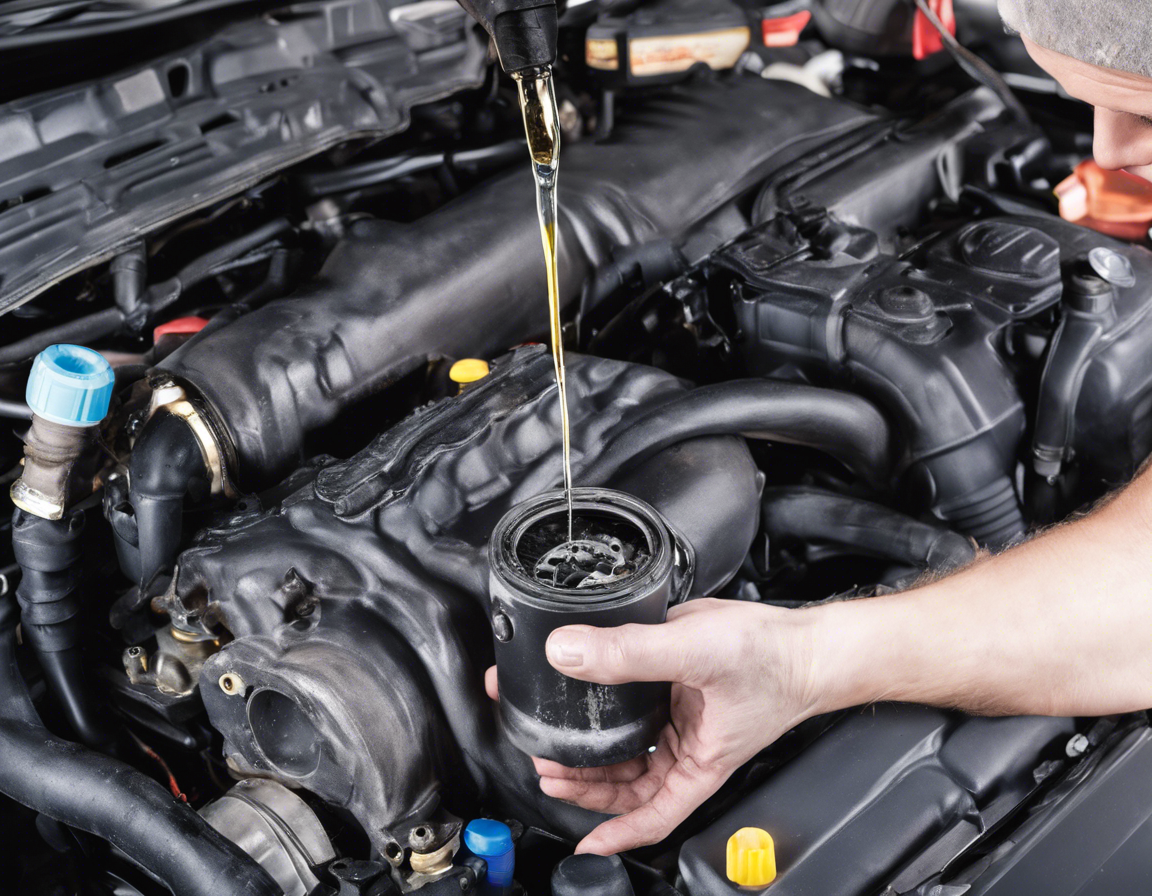How To Fix a Coolant Leak in Your Car
Introduction
A coolant leak in your car is a serious issue that can lead to overheating and potential engine damage if not addressed promptly. Coolant, also known as antifreeze, is crucial for regulating the temperature of your engine and preventing it from overheating. In this comprehensive guide, we will discuss the common causes of coolant leaks in cars and provide you with step-by-step instructions on how to fix a coolant leak to keep your vehicle running smoothly.
Identifying the Coolant Leak
The first step in fixing a coolant leak is to identify where the leak is coming from. Some common signs of a coolant leak include:
- Puddles of coolant under your car when it has been parked
- Steam coming from the engine compartment
- Low coolant levels in the reservoir
- Overheating of the engine
If you notice any of these signs, it is important to address the coolant leak promptly to prevent further damage to your vehicle.
Common Causes of Coolant Leaks
Coolant leaks can be caused by a variety of issues, including:
-
Worn or damaged hoses: Over time, the hoses that carry coolant to various parts of the engine can become brittle and cracked, leading to leaks.
-
Leaking radiator: The radiator can develop leaks due to corrosion or damage from rocks or debris on the road.
-
Faulty water pump: The water pump circulates the coolant through the engine. If the pump is worn out or damaged, it can cause leaks.
-
Cracked engine block or head gasket: In more severe cases, a cracked engine block or faulty head gasket can lead to coolant leaks.
How to Fix a Coolant Leak
Once you have identified the source of the coolant leak, you can proceed with the following steps to fix it:
Step 1: Locate the Leak
Inspect the engine compartment and underside of the car to pinpoint where the coolant is leaking from. It may be necessary to pressurize the cooling system to force the coolant out of the leak.
Step 2: Replace Worn Hoses
If the leak is coming from a worn or damaged hose, you will need to replace it. To do this, drain the coolant from the system, remove the old hose, and install a new one in its place. Be sure to tighten the hose clamps securely.
Step 3: Repair or Replace the Radiator
If the radiator is the source of the leak, you may be able to repair it with a radiator sealant. Alternatively, you may need to replace the radiator altogether for a more permanent solution.
Step 4: Check the Water Pump
Inspect the water pump for any signs of leakage or damage. If the pump is faulty, you will need to replace it to prevent further coolant leaks.
Step 5: Address Engine Block or Head Gasket Issues
In the case of a cracked engine block or faulty head gasket, it is best to consult a professional mechanic for repairs. These issues can be more complex and may require specialized tools and expertise.
Preventing Coolant Leaks
To prevent coolant leaks in the future, consider the following preventive measures:
- Regular maintenance: Keep up with scheduled maintenance to ensure that all components of the cooling system are in good condition.
- Monitor coolant levels: Check the coolant levels regularly and top up if necessary to prevent overheating.
- Use high-quality coolant: Choose a reputable brand of coolant to ensure optimal performance and longevity of the cooling system.
FAQs (Frequently Asked Questions)
- Can I continue to drive my car with a coolant leak?
-
It is not advisable to drive your car with a coolant leak as it can lead to overheating and engine damage. It is best to address the leak promptly.
-
How much does it cost to fix a coolant leak in a car?
-
The cost of fixing a coolant leak can vary depending on the source of the leak and the extent of the damage. It is recommended to get an estimate from a mechanic.
-
Can I use water instead of coolant in an emergency?
-
In an emergency situation, you can use water as a temporary coolant replacement. However, it is important to replace it with the proper coolant as soon as possible.
-
What are the dangers of driving with a coolant leak?
-
Driving with a coolant leak can lead to overheating, which can cause engine damage and potentially leave you stranded on the road.
-
How often should I check my coolant levels?
- It is recommended to check your coolant levels every time you check your oil, or at least once a month, to ensure that the coolant is at the proper level.
In conclusion, fixing a coolant leak in your car is a critical maintenance task that should not be overlooked. By promptly addressing coolant leaks and following the steps outlined in this guide, you can keep your vehicle running smoothly and prevent costly engine repairs in the long run. Remember to prioritize regular maintenance and monitoring of your vehicle’s cooling system to ensure optimal performance and longevity.

Recent Comments